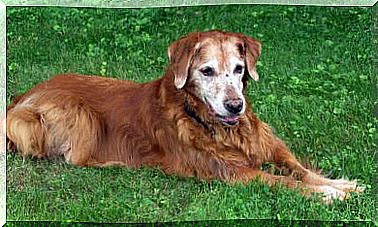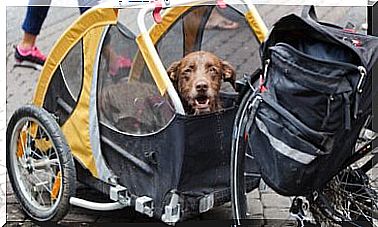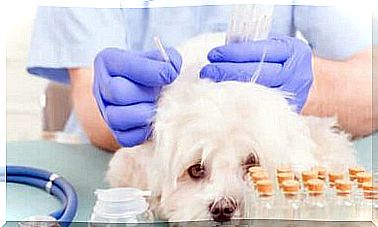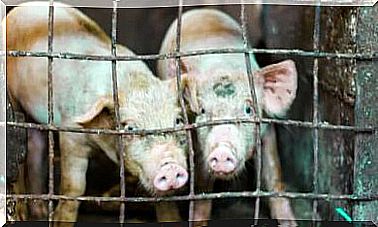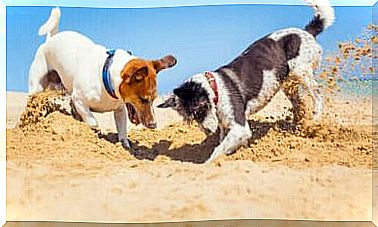Canine Prophylaxis: Is It Safe?
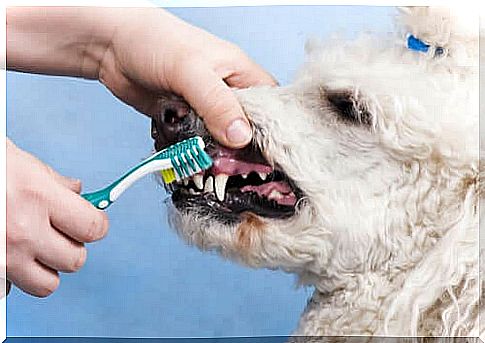
Canine prophylaxis meets all hygiene measures to protect the animal from disease. One of the measures that, although necessary, scares many owners, is dental prophylaxis. This includes ultrasound dental cleaning at the veterinarian.
The fear associated with this technique is caused by the use of general anesthesia, which is necessary during intervention in dogs and cats.
Dental cleaning of pets is performed under general anesthesia
Many owners wonder why general anesthesia is necessary to clean pets’ teeth. The truth is that its use is totally justified to carry out a correct and complete cleaning of tartar from teeth and gums.
Even if the animal is quite tolerant of handling, when it is awake, the veterinarian can only clean the most visible areas of the teeth, leaving behind most of the tartar, which is located under the gums.
In addition, there are other important reasons to reject this type of practice without anesthesia:
- Animal movements. There is a risk that, in an animal’s movement, the cleaning instruments may cause some wound in the gums or in another part of the dog’s oral cavity during the intervention.
- Stress. In a procedure without anesthesia, the conscious animal would suffer from a high level of stress, caused by the immobilization, the noise of the machines and the sensation of the instruments inside its mouth. This technique would be very dangerous, especially if the animal has respiratory or heart problems.
- The remaining cleaning water. Dental cleaning products eliminate water as the veterinarian cleans the animal’s mouth, collecting it with a small tube that draws in the liquid and is inserted into the dog’s mouth. If the animal remained awake, it would be difficult to prevent it from swallowing the tartar-filled water, which could even suffocate it if aspirated into the lung.
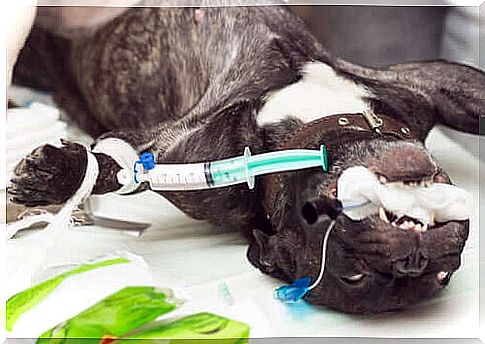
Canine prophylaxis: is the use of anesthesia safe?
It is true that anesthesia involves risks, but they are minimized by performing pre- surgical tests. These are not mandatory but are highly recommended by any veterinarian.
Pre-surgical tests include a complete blood test and, in some cases, an x-ray may be needed.
Knowing these parameters in advance, the veterinarian assesses whether it is safe to perform the intervention on the animal or whether special care is needed during the maintenance of anesthesia. For example, it is very important to know if your pet suffers from heart or respiratory disease.
The risks of periodontal diseases
Some breeds are more likely than others to have oral problems. Small breed dogs such as yorkshire , pomeranian lulu or chihuahuas are more likely to accumulate tartar. In this case, it is the dogs that are most likely to need a dental cleaning before the age of five.
Periodontal disease is one of the most common conditions that occurs in the mouth of dogs and begins with the proliferation of bacteria in the mouth that, together with food and saliva, generate dental plaque. The plaque yellows the teeth and creates a hard layer of tartar on them, causing inflammation of the gums, leading to gingivitis. Also, these dogs often have bad breath.

As the disease progresses, plaque destroys the tissues that retain the tooth root, causing the tooth to move and ultimately to fall out. In addition, by exposing the root, an entrance is opened through which bacteria can access, entering the bloodstream and causing heart, respiratory or digestive problems.
In summary, considering the consequences of the progression of this disease, canine prophylaxis is a safe option if carried out following the instructions of the veterinarian.
